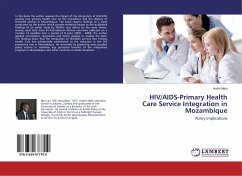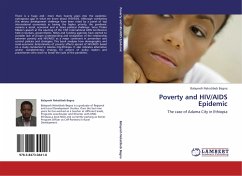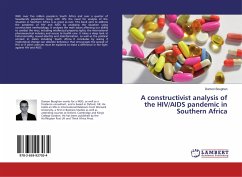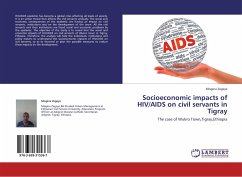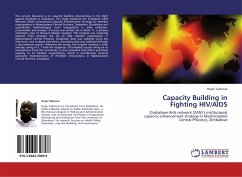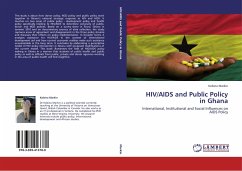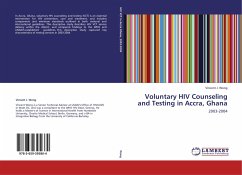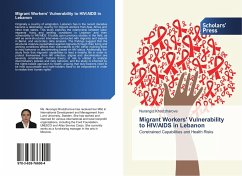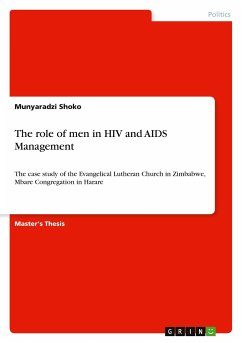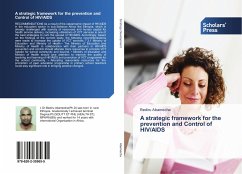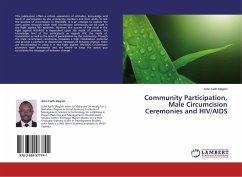
Community Participation, Male Circumcision Ceremonies and HIV/AIDS
Versandkostenfrei!
Versandfertig in 6-10 Tagen
27,99 €
inkl. MwSt.

PAYBACK Punkte
14 °P sammeln!
This publication offers a critical assessment of attitudes, knowledge and levels of participation by the community members and their ability to link the practice of circumcision to HIV/AIDS. It is an attempt to explore the entry points through which male circumcision ceremonies can be used in the fight against HIV epidemic. However, the success of the ritual in the fight against HIV/AIDS is dependent upon the mode of practice, the knowledge level of the participants as regards HIV, the mode of transmission as well as the level of participation by the community. Though the male circumcision cer...
This publication offers a critical assessment of attitudes, knowledge and levels of participation by the community members and their ability to link the practice of circumcision to HIV/AIDS. It is an attempt to explore the entry points through which male circumcision ceremonies can be used in the fight against HIV epidemic. However, the success of the ritual in the fight against HIV/AIDS is dependent upon the mode of practice, the knowledge level of the participants as regards HIV, the mode of transmission as well as the level of participation by the community. Though the male circumcision ceremonies possesses a high mobilization potential and provide a platform to disseminate messages of behavior change, there are shortcomings in using it in the fight against HIV/AIDS. Circumcision promotes male dominance and the desire to keep the status quo constraints the messages of behavior change.



